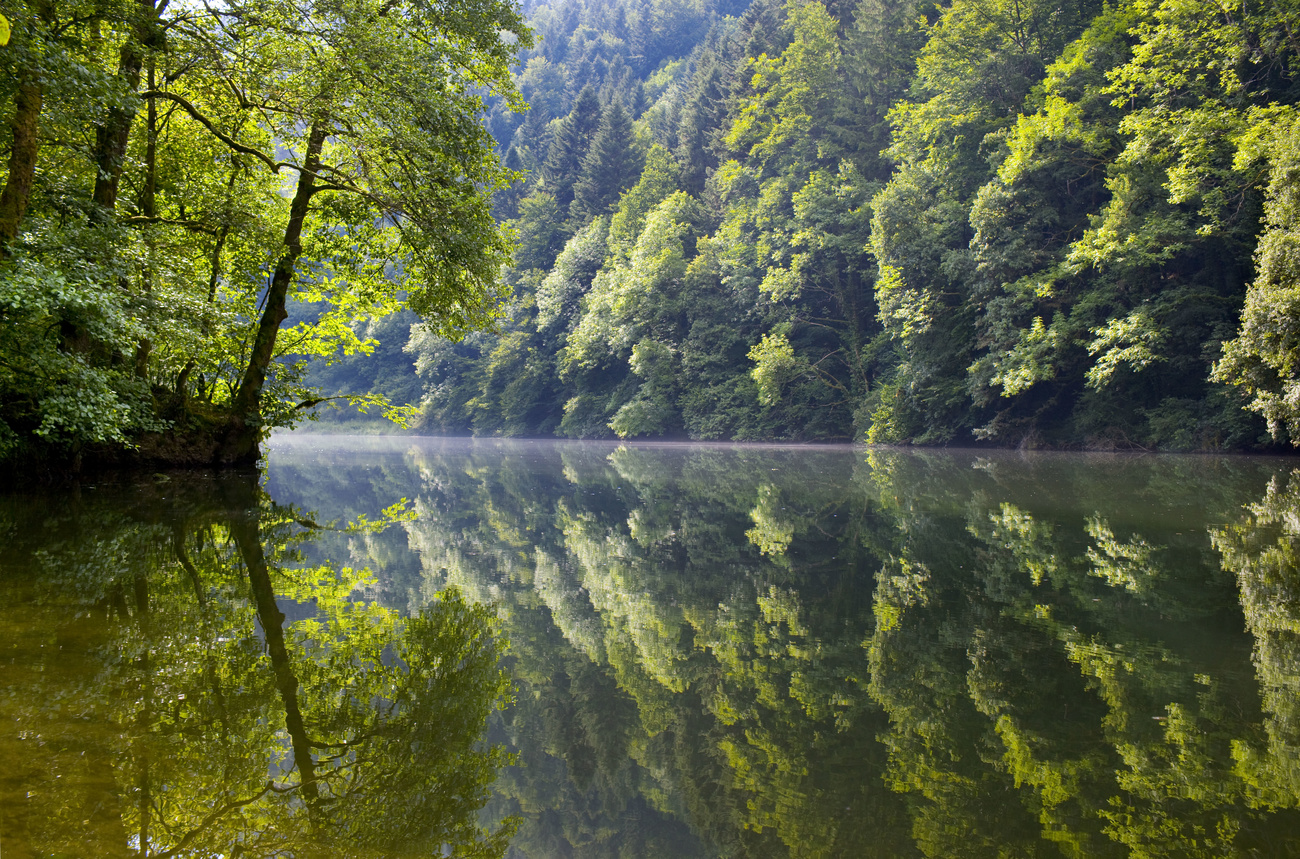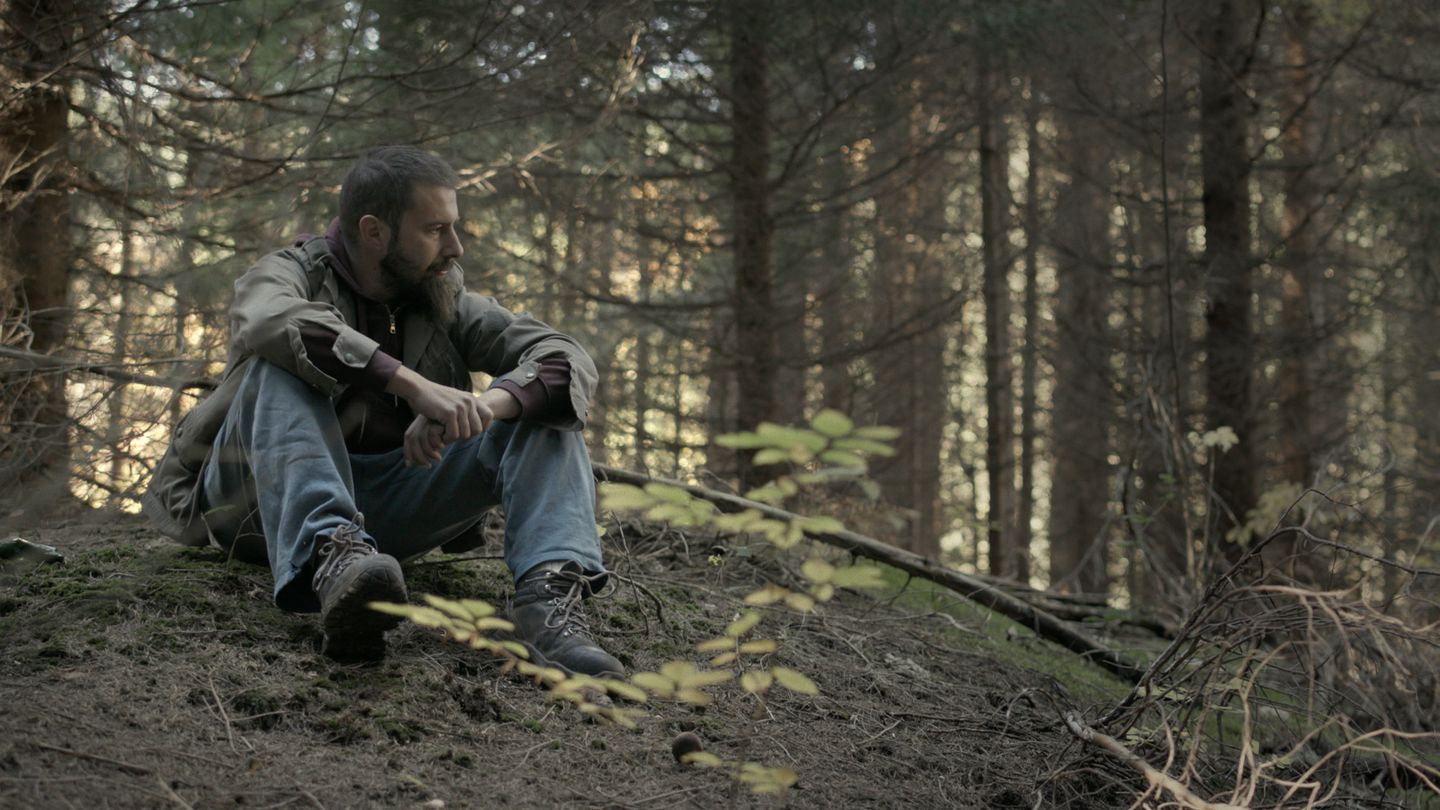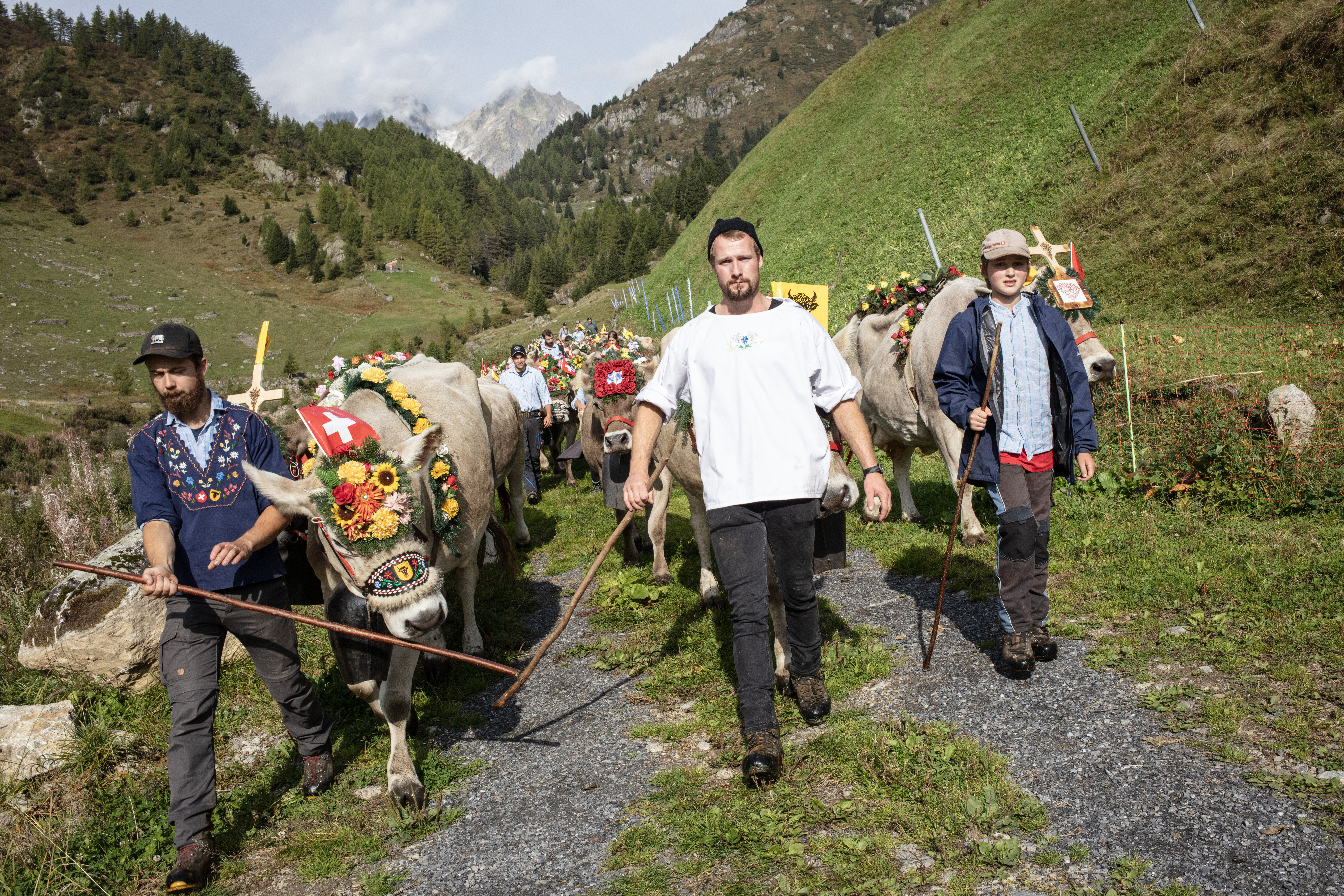
Study: rivers emit more CO2 at night than during the day

Scientists in Lausanne have found that streams and rivers – or “running waters” – emit on average 27% more carbon dioxide (CO2) at night than during the day. The results have implications for how the global carbon cycle is calculated.
The research, carried out by a team from the Stream and Biofilm and Ecosystem Research Laboratory (SBERExternal link) at the Swiss Federal Institute of Technology Lausanne (EPFL) – along with international colleagues – was published in the journal Nature GeoscienceExternal link on Friday.
That more CO2 was emitted at night “indicates that calculations of how much CO2 is released by these waters to the atmosphere has been biased too low, leading to incorrect estimates of their contribution to the global carbon cycle”, an EPFL statement saidExternal link.
Until now estimates of CO2 – the main greenhouse gas – from running waters have been based on people manually getting samples from the water.
And that’s where the SBER scientists spotted the calculation bias. They found that 90% of existing measurements were made between 8am and 4pm. By comparing these measurements with data collected continuously by automated sensors, they observed that CO2 emissions actually reached their peak just 10% of the time during this daytime window.
The study is based on measurements around the world, from tropical forestsExternal link to Arctic tundra, and in many different types of rivers and streams.
Researchers found that CO2 emissions were an average of 27% higher in the nighttime hours.
Photosynthesis
“This difference is due to several factors,” said the SBER’s Lluís Gómez-Gener, one of the study’s lead authors. “The main one relates to photosynthesis – much of the CO2 produced in rivers and streams is absorbed by photosynthesis during the day, thereby reducing the amount that gets released into the atmosphere.”
Other factors include vegetation, canopy shading, altitude, temperatures, slope and turbulence of the water.
The statement said that the scientists’ findings once again underscored the highly complex, interconnected nature of streams and rivers with carbon fluxes and the need to develop a more comprehensive understanding of the mechanisms involved.
“In this case in particular, their work shows that the role of running waters in the global carbon cycle needs to be better analysed and quantified through accurate measurements using novel technologies and approaches,” it concluded.
In previous research, the EPFL team has shown that mountain streams emit more CO2 than previously thought.
A previous version of this article stated that it was four times more CO2, this has been since amended to 27% more CO2.

More
Mountain streams cough up surprising levels of carbon

In compliance with the JTI standards
More: SWI swissinfo.ch certified by the Journalism Trust Initiative



























You can find an overview of ongoing debates with our journalists here . Please join us!
If you want to start a conversation about a topic raised in this article or want to report factual errors, email us at english@swissinfo.ch.